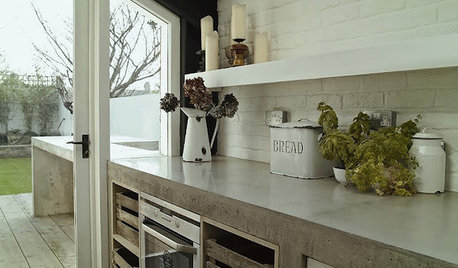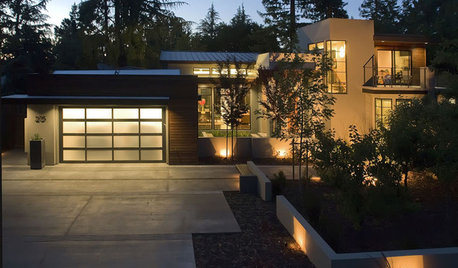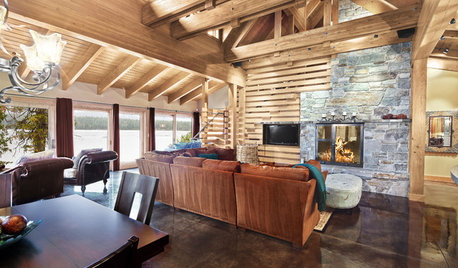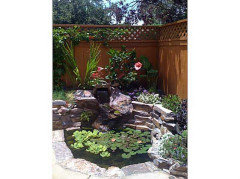Waterproof concrete sealers are too expensive
marsrising
16 years ago
Featured Answer
Sort by:Oldest
Comments (19)
pikecoe
16 years agojungleman9941
16 years agoRelated Professionals
Allen Landscape Architects & Landscape Designers · Clemson Landscape Architects & Landscape Designers · Essex Landscape Architects & Landscape Designers · Roosevelt Landscape Architects & Landscape Designers · Gainesville Landscape Contractors · Waterbury Landscape Contractors · Belvedere Park Landscape Contractors · Clayton Landscape Contractors · Deerfield Landscape Contractors · New Cassel Landscape Contractors · Palos Verdes Estates Landscape Contractors · Seminole Landscape Contractors · South Lake Tahoe Landscape Contractors · St. Louis Landscape Contractors · Palos Hills Landscape Contractorssleeplessinftwayne
16 years agonancyd
16 years agolarryl
16 years agoDebbie Downer
16 years agohorton
16 years agolarryl
16 years agofrank_valadez_nczoo_org
14 years agobob2090
13 years agobob2090
13 years agochrispitude
13 years agoin ny zone5
13 years agopoofie
10 years agoKaty
9 years agowaterbug_guy
9 years agoelleau
9 years agomimthebeam
3 years ago
Related Stories

BATHROOM DESIGNConvert Your Tub Space Into a Shower — Waterproofing and Drainage
Step 4 in swapping your tub for a sleek new shower: Pick your waterproofing materials and drain, and don't forget to test
Full Story
GREEN BUILDINGConsidering Concrete Floors? 3 Green-Minded Questions to Ask
Learn what’s in your concrete and about sustainability to make a healthy choice for your home and the earth
Full Story
KITCHEN DESIGNAmazing Ways with Concrete Countertops
See What Designers Are Doing With This Versatile, Weatherproof Counter Alternative
Full Story
KITCHEN COUNTERTOPSKitchen Counters: Concrete, the Nearly Indestructible Option
Infinitely customizable and with an amazingly long life span, concrete countertops are an excellent option for any kitchen
Full Story
FLOORS5 Benefits to Concrete Floors for Everyday Living
Get low-maintenance home flooring that creates high impact and works with home styles from traditional to modern
Full Story
FLOORSKnow Your Flooring: Concrete
Concrete floors have a raw and elegant beauty that can be surprisingly warm
Full Story
REMODELING GUIDESConcrete Driveways: Poring Over the Pros and Cons
Concrete adds smooth polish to driveways and a sleek look to home exteriors, but here are the points to ponder before you re-surface
Full Story
REMODELING GUIDESObjects of Desire: Beautifully Individual Concrete Floors
Concrete comes in more colors and finishes than ever before. See if these 6 floors open your eyes to the possibilities
Full Story
PATIOSLandscape Paving 101: Cast-in-Place Concrete
A construction standard, cast-in-place concrete can be used for a wide variety of project types
Full Story
GREEN BUILDINGHouzz Tour: See a Concrete House With a $0 Energy Bill
Passive House principles and universal design elements result in a home that’ll work efficiently for the long haul
Full StoryMore Discussions








keithw